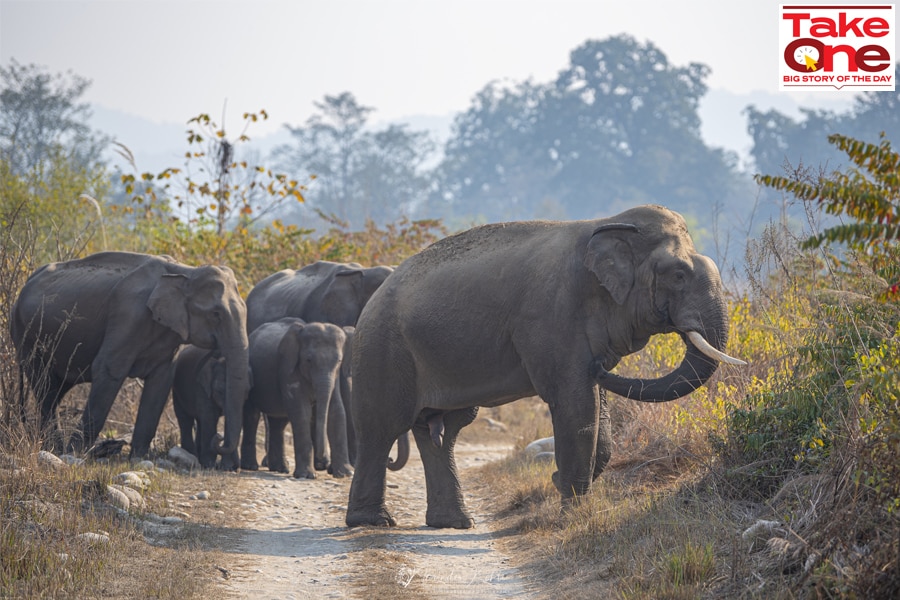
World Environment Day: Noise, climate change, and the disappearance of species
Noise exposure is often considered a mere annoyance. But in cities, forests and under water, it is causing grave harm to mammals, birds and animals, and leading to species loss, which is a leading contributor to climate change
 In June 2020, when a pregnant elephant ate a pineapple containing firecrackers and died, the Supreme Court intervened to stop the practice of scaring wild elephants with firecrackers.
Image: Shutterstock
In June 2020, when a pregnant elephant ate a pineapple containing firecrackers and died, the Supreme Court intervened to stop the practice of scaring wild elephants with firecrackers.
Image: Shutterstock
Naturalist Jeswin Kingsly’s intimate connection with wild elephants, everyday visitors to his home in the small town of Mettupalayam, motivated him to highlight the fear-inducing effect of noise from firecrackers on his wild neighbours. Kingsly’s internationally acclaimed documentary film Kaliru demonstrates how noise is used to create threat and fear in animals and to drive them away from fields and cities.
“Sometimes, people would join just to watch the fun. Some came especially to witness the terrified elephants’ distress and fear,” Kingsley told me.
In ancient China in 200 AD, loud noise from an exploding bamboo stalk was used to scare away evil spirits and enemies. “The classic I Ching, or Book of Changes, explains how the cracks and pops succeeded in scaring off the Shan Shan, 10-foot-tall mountain men,” according to Scientific American “Later, the Chinese spiced things up by adding gunpowder to the stalks.”
Noise as an expression of power has been well understood for millennia. Even motorcycles and cars with an extra loud roar are seen as a symbol of power and masculinity. Genevan philosopher Quentin Arnoux explains that [man-made] sound has imposed itself as a way of asserting its power over nature and on other humans.
However, even while it demonstrates power, noise pollution causes serious harm to humans and animals alike. Though many people understand how noise hurts them and their pets, the effect of noise on wild animals is less well understood.









